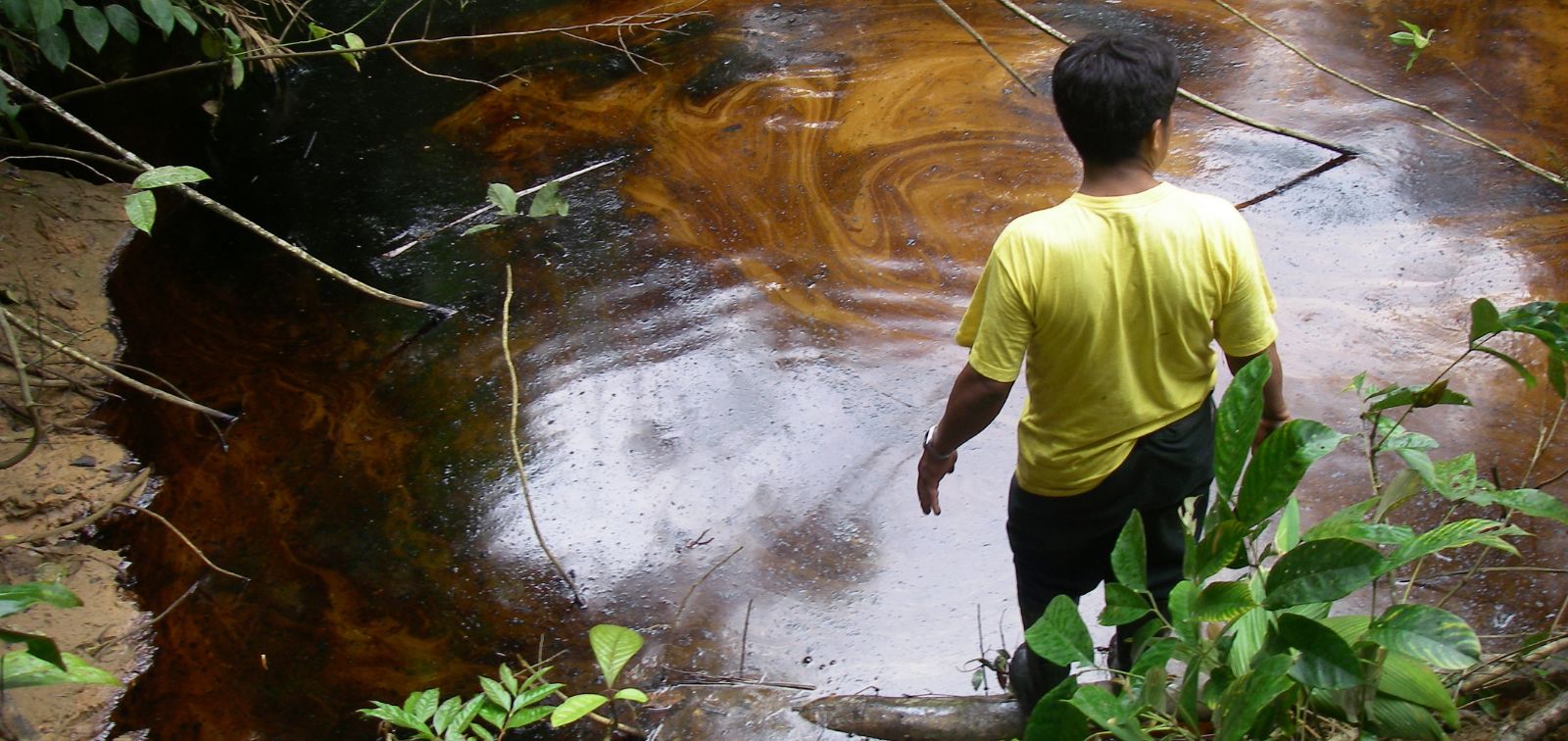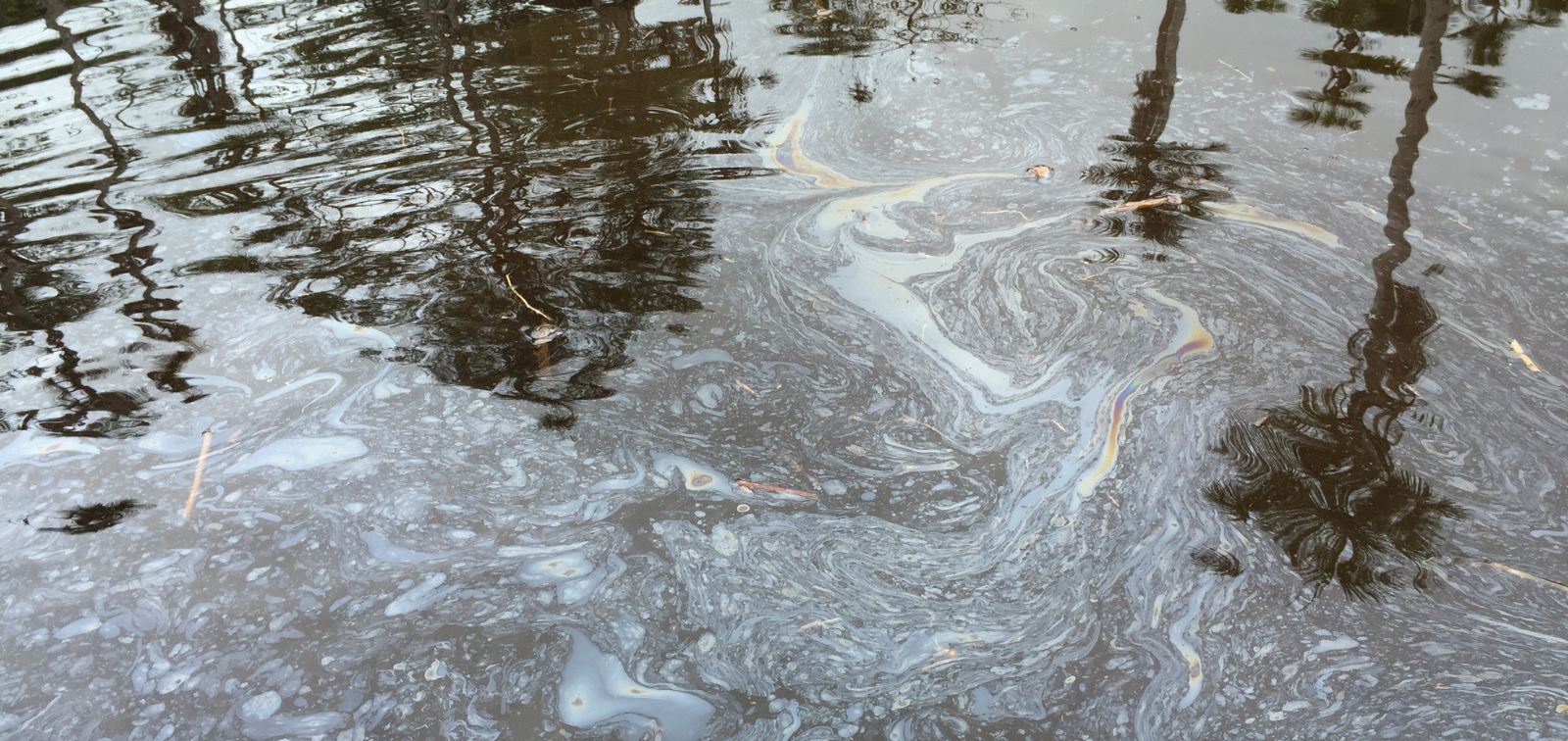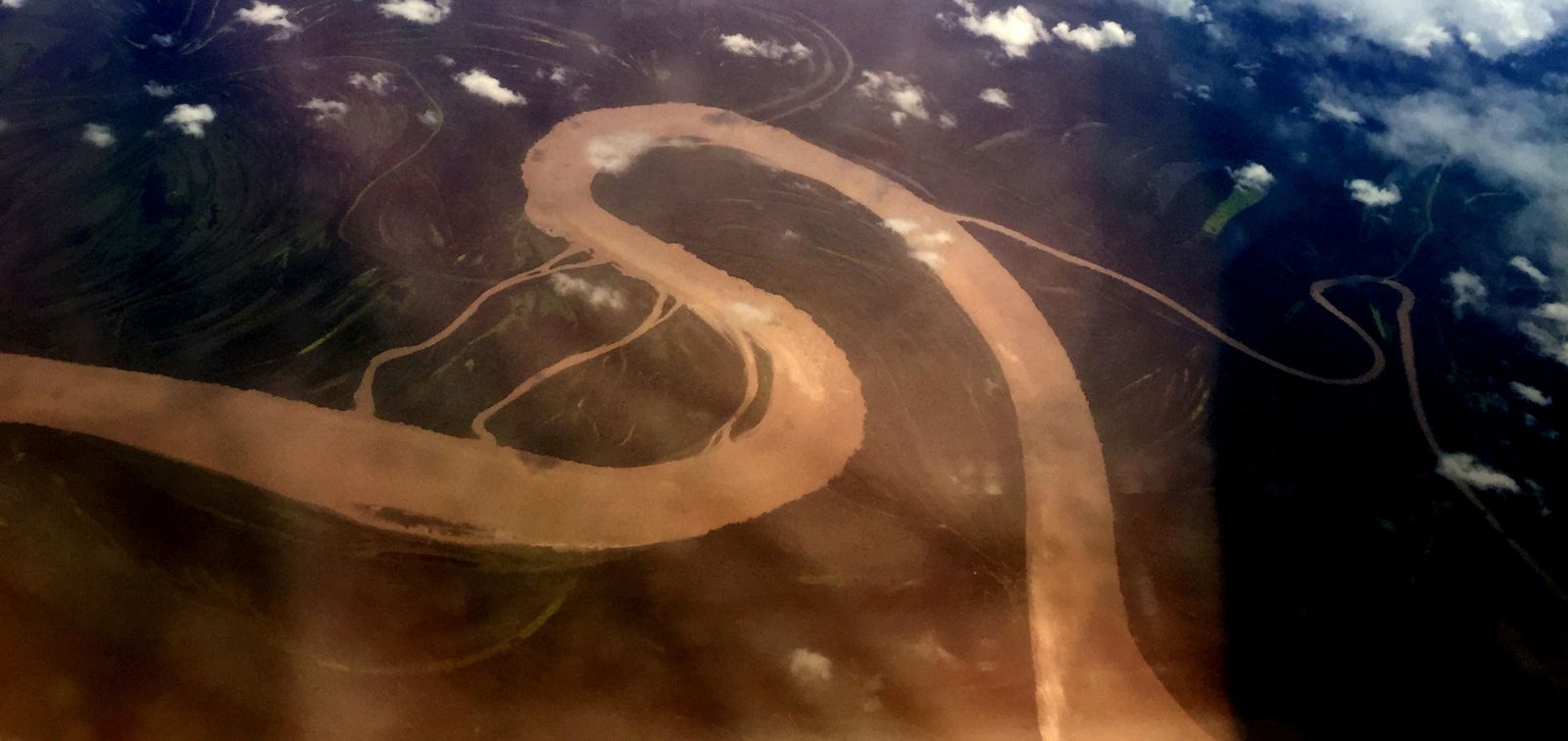Indigenous People in the Peruvian Amazon Living Near Oil Fields Have High Levels of Metals in their Urine
Study finds elevated body levels of arsenic, mercury and cadmium in communities exposed to petroleum pollutants
03.05.2023
Indigenous communities in the Peruvian Amazon living near oil exploration sites have high levels of mercury, cadmium and lead in their bodies. This is the conclusion of a study led by Cristina O'Callaghan Gordo, a researcher at the Barcelona Institute for Global Health (ISGlobal), a centre supported by the "la Caixa" Foundation, professor at the Faculty of Health Sciences of the Open University of Catalonia (UOC) and co-director of the Inter-University Masters in Planetary Health (UOC, ISGlobal and Pompeu Fabra University). The study is published in Environmental Health Perspectives.
The study found high levels of these three metals in the urine of indigenous people living in four river basins in the northern Peruvian Amazon, where oil exploration began in the 1970s. This is currently one of the most polluted areas in the country. Previous research led by ISGlobal had already reported high levels of lead in the blood of the local population. Now the data has been published for mercury, arsenic and cadmium, three metals toxic to humans.
Arsenic and cadmium are carcinogens. Exposure to arsenic can cause cancer of the lung, bladder, skin, liver and kidney. Exposure to cadmium can cause cancer of the lung, prostate and kidney. In addition, arsenic can cause other severe health effects such as skin lesions, liver and kidney damage, a decrease in red and white blood cells, and developmental delays in children. Cadmium can cause respiratory problems, kidney damage, bone damage, reproductive problems and cardiovascular disease. Finally, prolonged exposure to mercury can cause neurological damage and impaired cognitive function, damage to the nervous system of foetuses and children, and kidney and immune system disorders.

Photo: Manolis Kogevinas.
Active involvement of indigenous organisations
Between May and June 2016, the research team assessed the urinary concentrations of mercury, arsenic and cadmium in 824 people (230 of whom were under 12 years old). All lived in indigenous communities near oil exploration sites in remote, non-industrialised areas. The team also conducted personal interviews to collect data on their risk factors and lifestyles. The team also took into account the distance of their homes from the nearest oil facility.
This study is the result of an agreement between the indigenous associations of the Corrientes, Pastaza, Tigre and Marañón river basins (ACODECOSPAT, FECONACOR, OPIKAFPE and FEDIQUEP, which belong to the Union of Amazonian Indigenous Peoples United in Defence of their Territories, or PUINAMUDT) and the Peruvian government. The aim of the scientific work was to respond to local people's concerns about the potential health effects of pollution associated with oil extraction. The research was supported by indigenous associations and the Peruvian National Institute of Health. "The active participation of indigenous organisations in the study is one of its strengths," says Cristina O'Callaghan. "The large sample size and the random sampling of families from different catchments with different characteristics are also noteworthy."
Higher than average levels of mercury, arsenic and cadmium
Urine analysis showed that a significant proportion of the children and adults studied exceeded the established reference levels for mercury, arsenic and cadmium. These high levels of metals were associated with the water they consumed and bathed in, particularly in the case of mercury, which can be absorbed dermally.
"Crude oil can contain mercury and other metals, and elevated levels have been reported in the environment and in aquatic organisms both around oil fields and in areas affected by spills," explains Cristina O'Callaghan.

Photo: Manolis Kogevinas.
More mercury in people who bathed in river water
Twenty-five per cent of children and 28 per cent of adults had mercury levels above the reference value set by the Peruvian Ministry of Health (MINSA). Mercury levels were found to increase with age in adults and were higher in people living near the Marañón River, where fish consumption is higher than in other river basins. Elevated levels of mercury in fish from the Amazon basin have been linked to oil pollution.
However, previous studies in the same region have suggested that the main route of mercury exposure in the area is through dermal absorption of mercury in water. This is consistent with the results of the study published now, as mercury concentrations were higher in children and adults who bathed in river water compared to those who bathed in wells, and also higher in adults who consumed rainwater compared to those who drank water from public sources.
More arsenic in children who drank well water
Forty-eight per cent of the child population and 23% of the adult population had arsenic levels above the reference value set by the Peruvian Ministry of Health. Arsenic levels decreased slightly with age in adults, tended to be higher in children who drank well water and, similar to mercury, were highest in people living around Marañón.
Elevated levels of arsenic of geological origin have been reported in aquifers in western Amazonia and relatively high concentrations in crude oil. However, the source of arsenic in the study area remains unknown.
More cadmium in homes and gardens near oil spills
Urinary cadmium levels above the reference value were found in 2% of children and 13% of adults. Cadmium concentrations increased with age in adults and were higher in women. The highest levels were found in the Achuar people and in people living around Corrientes and El Tigre, the two most oil-active basins of the four studied. Elevated cadmium levels were also associated with the proximity of houses or gardens to oil spills. Consumption of contaminated vegetables is a known route of cadmium exposure. Urinary cadmium levels were also associated with involvement in the clean-up of such spills in the six months prior to the study.
Drinking water and food security for indigenous people
The pattern of high concentrations for all metals observed in the study appears to be linked to pollution from human activities, particularly oil extraction. "The detection of high levels of metals in a population living in a non-industrial environment is worrying because of the long-term health effects that exposure to metals can have," says Manolis Kogevinas, ISGlobal researcher and one of the authors of the study. "Preventing these exposures, regularly monitoring water quality, providing safe drinking water and ensuring food security is a priority for the indigenous populations living in these river basins," he concludes.
Reference
Cristina O’Callaghan-Gordo, Jaime Rosales, Pilar Lizárraga, Frederica Barclay, Tami Okamoto, Diana M. Papoulias, Ana Espinosa, Martí Orta-Martinez, Manolis Kogevinas, John Astete. Levels of arsenic, cadmium and mercury in urine of indigenous people living close to oil extraction areas in the Peruvian Amazon. Environmental Health Perspectives. https://doi.org/10.1289/EHP11932



